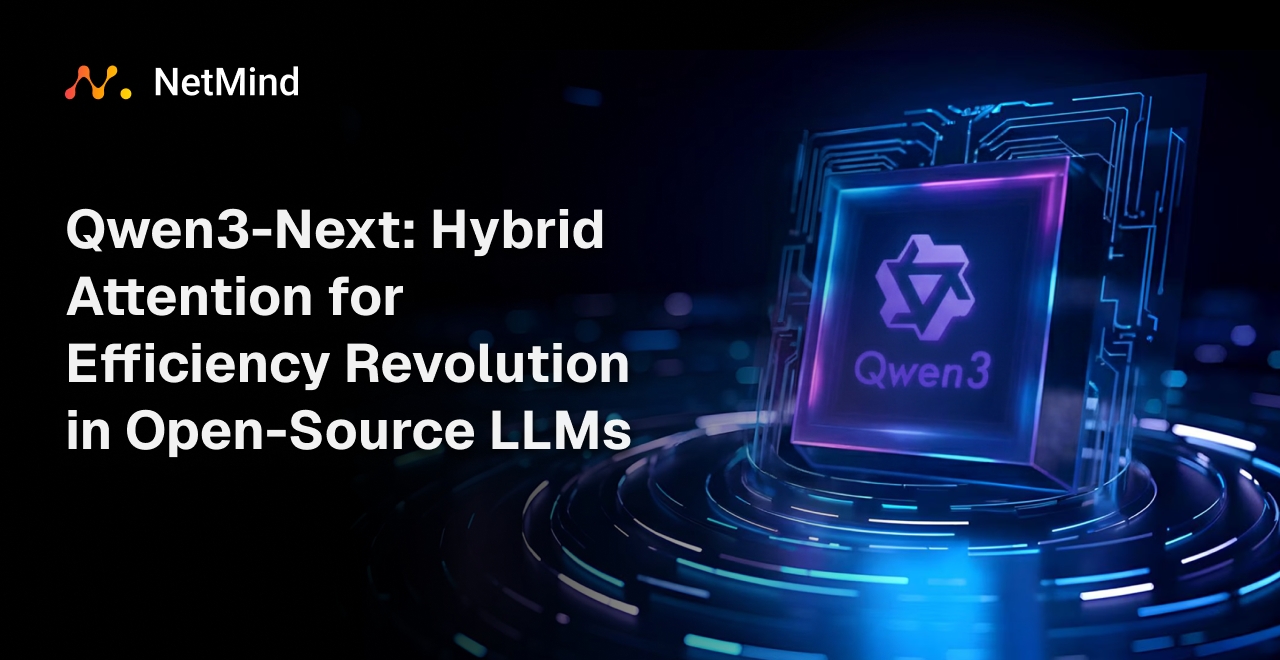We Tested Qwen3-Next: Hybrid Attention for Efficiency Revolution in Open-Source LLMs (New Research Breakdown)

Alibaba’s release of Qwen3-Next-80B-A3B marks a major leap in open-source LLM efficiency. The model achieves 90% training cost reduction and 10x faster inference, outperforming larger models across benchmarks while remaining deployable on a single NVIDIA H200 GPU. This article breaks down its four architectural innovations and real-world performance across reasoning, coding, and long-context tasks.
Four Pillars of Innovation
-
Hybrid Attention Architecture: Combines Gated DeltaNet (75%) and Gated Attention (25%) layers. Enables efficient long-sequence handling with high reasoning precision.
-
Ultra-Sparse Mixture of Experts (MoE): Activates only 3B of 80B parameters per inference (3.7% activation ratio). Uses FP8 precision and 11 experts (10 routed + 1 shared) out of 512. Can run on a single H200 GPU with unprecedented efficiency.
-
Advanced Stability Optimizations: Introduces Zero-Centered RMSNorm and unbiased MoE router initialization. Solves instability issues in sparse models, enabling reliable training at scale.
-
Multi-Token Prediction (MTP): Enhances speculative decoding and backbone performance. Aligns training with inference for smoother multi-step generation.
Why It Matters?
Qwen3-Next is a proof-of-concept for efficient LLMs that combine sparse architectures, hybrid attention and long-context mastery. While verbosity remains a minor issue, its performance, cost-efficiency and developer accessibility make it a compelling choice for scaling intelligent applications.
Read more at: blog.netmind.ai
2025-09-22